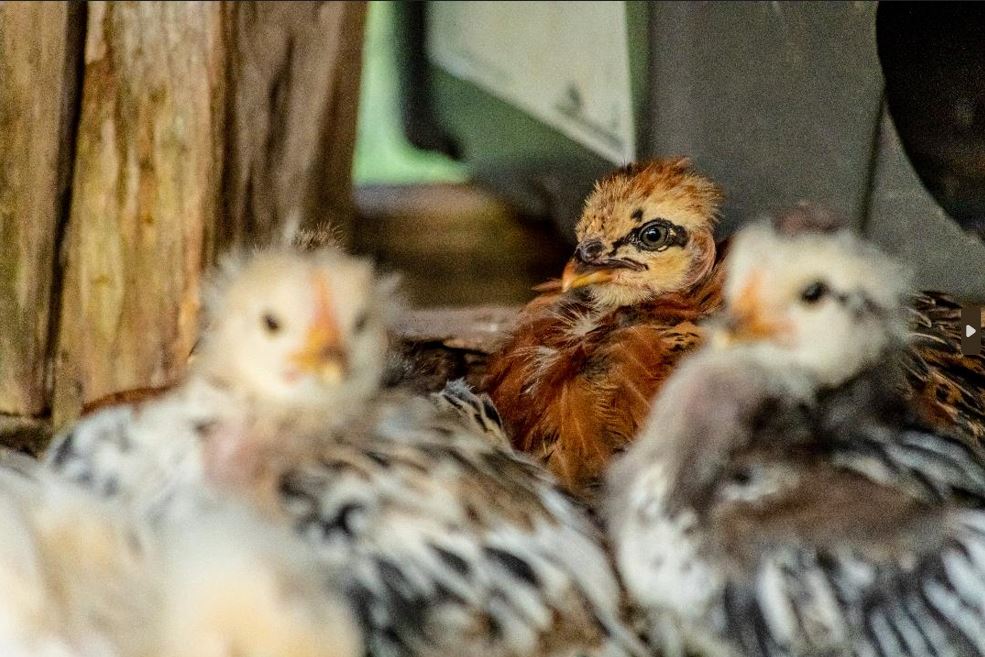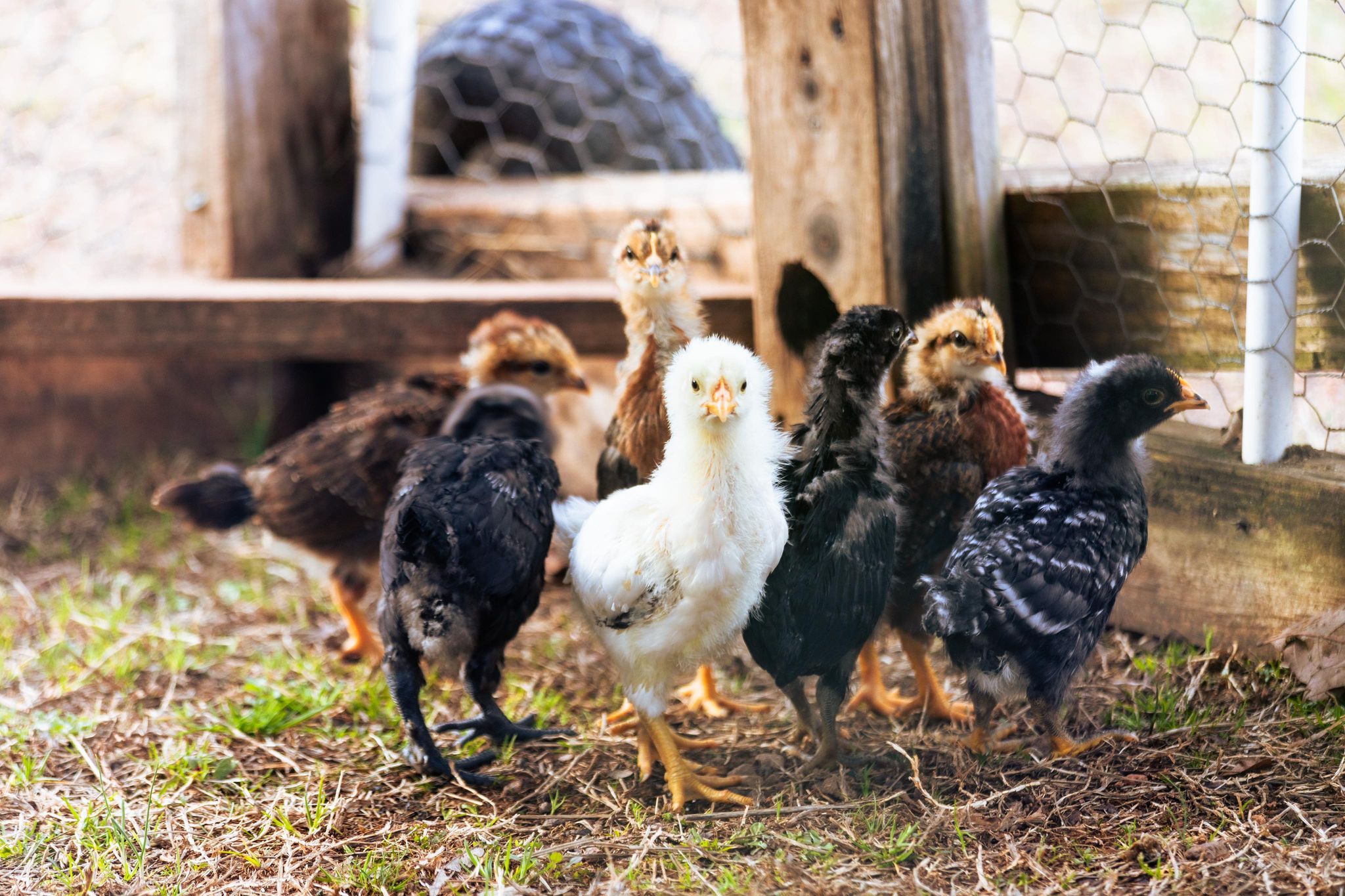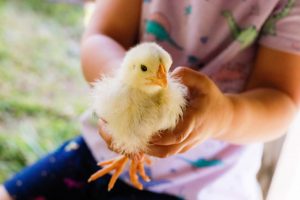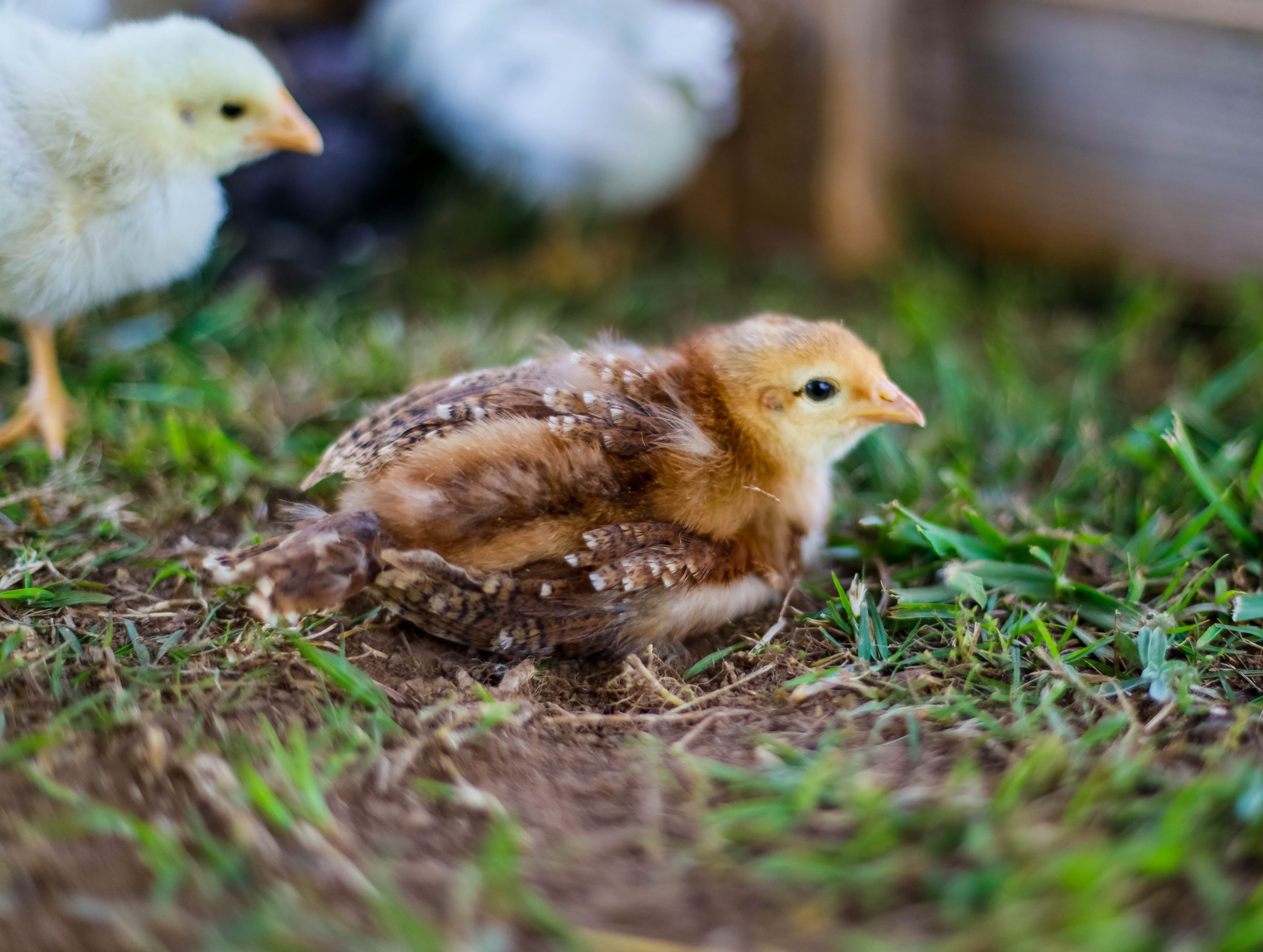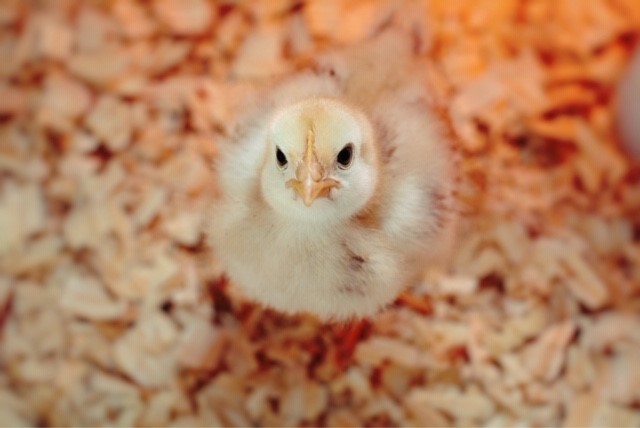The past few weeks have flown by with my colorful, rainbow batch of chicks!
They have been relatively low maintenance up until this point When you have chicks during hotter months, it is important to make sure they don’t get overheated during the daytime
Their wing and tail feathers have grown in Usually feathers on the head come in very last There have been 3 pleasant days where we have let them outside during the day We put them in our handy, now empty, chicken tractor Ideally, the tractor would have rabbit wire, but it only has chicken wire Luckily, the chicks have grown in size and cannot fit through the holes
Their first time in a bigger house was super exciting!
They ran around and flew off the grass, like little baby pigeons! Picking grass, taking a dust bath, and practicing perching Like a proud parent, I loved seeing all their firsts! My toddler loves sitting in the tractor with them and she will have them tame in no time!
Unlike the Rangers, these chicks all look very different! So, naturally, we have favorites There’s Stormy the black and white mystery girl, Lemongrab, the one we can’t decide will be white or gray, and Sunny
Sunny is very “special” Ever since taking her out of the box, I noticed something was off about this dark gray, almost blue, cutie She doesn’t have splay leg, but has trouble getting around She acts dizzy I have tried different things to help her, but nothing has changed It must be a neurological tick She is still eating, drinking, and longs to be with the others
Some of the chicks did develop mild cases of “pasty butt,” or as my toddler lovingly calls it, “tasty butt” Pasty butt happens when chicks have a little ball of poop on the outside of their little bottoms It is fairly common in chicks that have been shipped, and thankfully, easy to fix By carefully picking off the hard bits with a warm, wet paper towel, it is cured
Other than that, they are a lively, vivid little bouquet of chicks!
